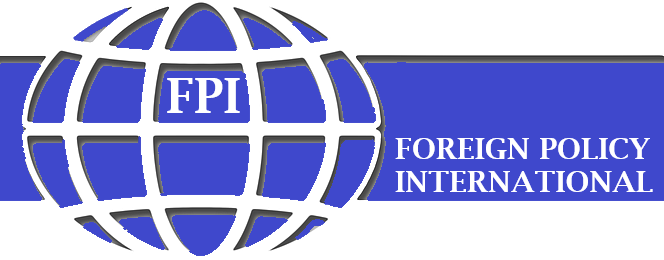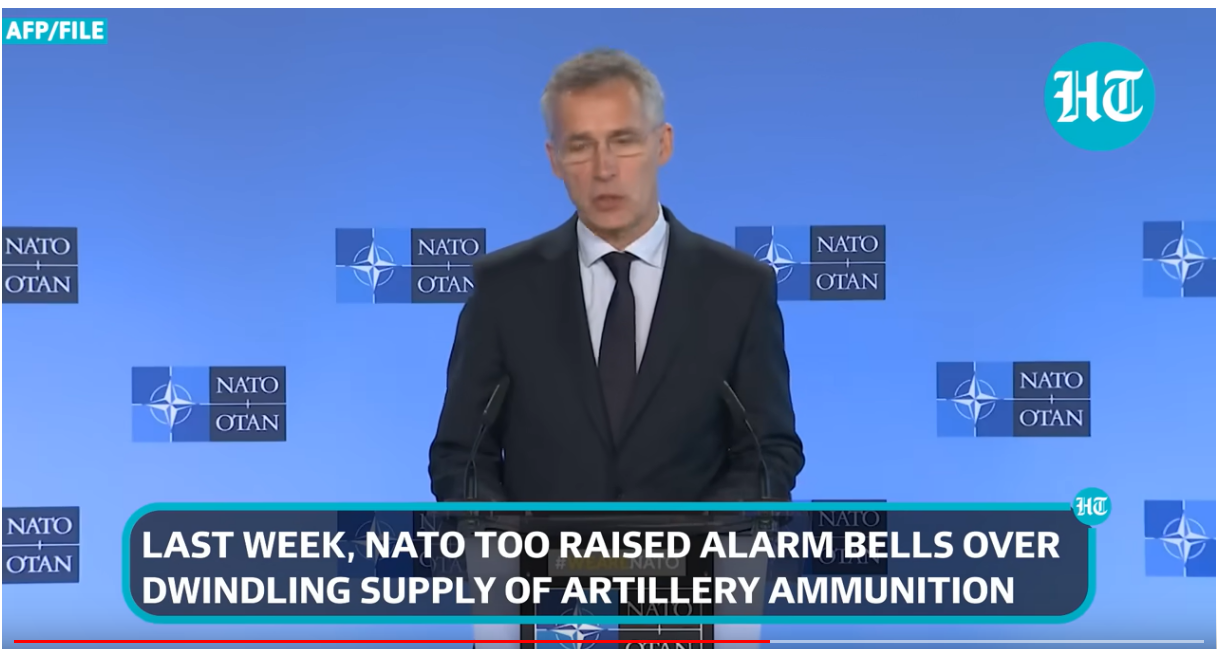Das Munitions- Problem des Westens wird immer deutlicher spürbar:
Hier der Artikel der Washington Post dazu:
https://www.washingtonpost.com/national-security/2023/08/19/artillery-ammunition-ukraine-pentagon/
The Biden administration’s sprint to supply Ukraine withweapons central to its military success against Russia has yielded a promising acceleration of arms production, including the standard NATO artillery round, output of which is expected soon to reach double its prewar U.S. rate of 14,000 a month.
Since February 2022, the Pentagon has concluded $2.26 billion of manufacturing contracts for the 155mm round, helping to increase U.S. output from 14,000 units a month before Russia’s invasion to around 20,000 per month today. Production is slated soon to reach 28,000 a month, with the goal of producing 1 million shells a year by fall 2025. Officials declined to say what share of that would go to Ukraine vs. being held in reserve in the United States.
The war has beena wake-up call for Ukraine’s backers across the West, where officials see an urgent need to augment their own munitions stockpiles. NATO officials have wondered how long the Western alliance could sustain a major conventional war. “No one had really asked themselves the question, well, what if ‘day one, night one’ becomes ‘week two, week three, week four?’” British Defense Minister Ben Wallace said last month.
Restocking the U.S. arsenal will require finding basic weapons-making materials, experts say, a problem complicated by a global scarcity of chemicals and explosives. The United States no longer produces TNT and has since moved to a substitute called IMX, an explosive that provides power with less risk of accidental detonation.
But the dramatic increase in shell production has pushed the United States to seek out new global suppliers of TNT. Poland has been a primary U.S. source, but the Pentagon is working with its allies and partners to increase its supplies, potentially including from Japan.
Martin Vencl, a spokesman for the state-owned Czech company Explosia, which makes propellant charges, noted thescarcity of related raw materials, such as nitroglycerin and nitrocellulose. The company is running at full capacity to make propellant for 155mm rounds, but long-term investment is needed to double its output, which the company hopes to achieve by 2026, Vencl said.
Camille Grand, who served as NATO’s assistant secretary general for defense investment from 2016 to 2022, noted that the recent conflicts in Afghanistan and Iraq did not consume artillery at anywhere close to the rapid pace as the war in Ukraine has, meaning that suppliers were not forced to tap so deeply into their stocks.
“We’re all relearning what it means to do mass production of ammunition, which had become a … nonstarter” for many NATO members, Grand said.
European nations are trying to remedy that problem. This summer, the European Union approved a three-track plan ultimately to produce 650,000 rounds of large-caliber ammunition a year and committed itself to delivering 1 million rounds of artillery ammunition for Ukraine in a joint effort within the next 12 months.
Grand said the biggest obstacle isthe timeline. “It’s good and nice to know that five years from now, we’ll be able to ramp up production and refill stockpiles,” he said. “But in the meantime, Ukraine is running short, and we’re going to be in trouble.”

